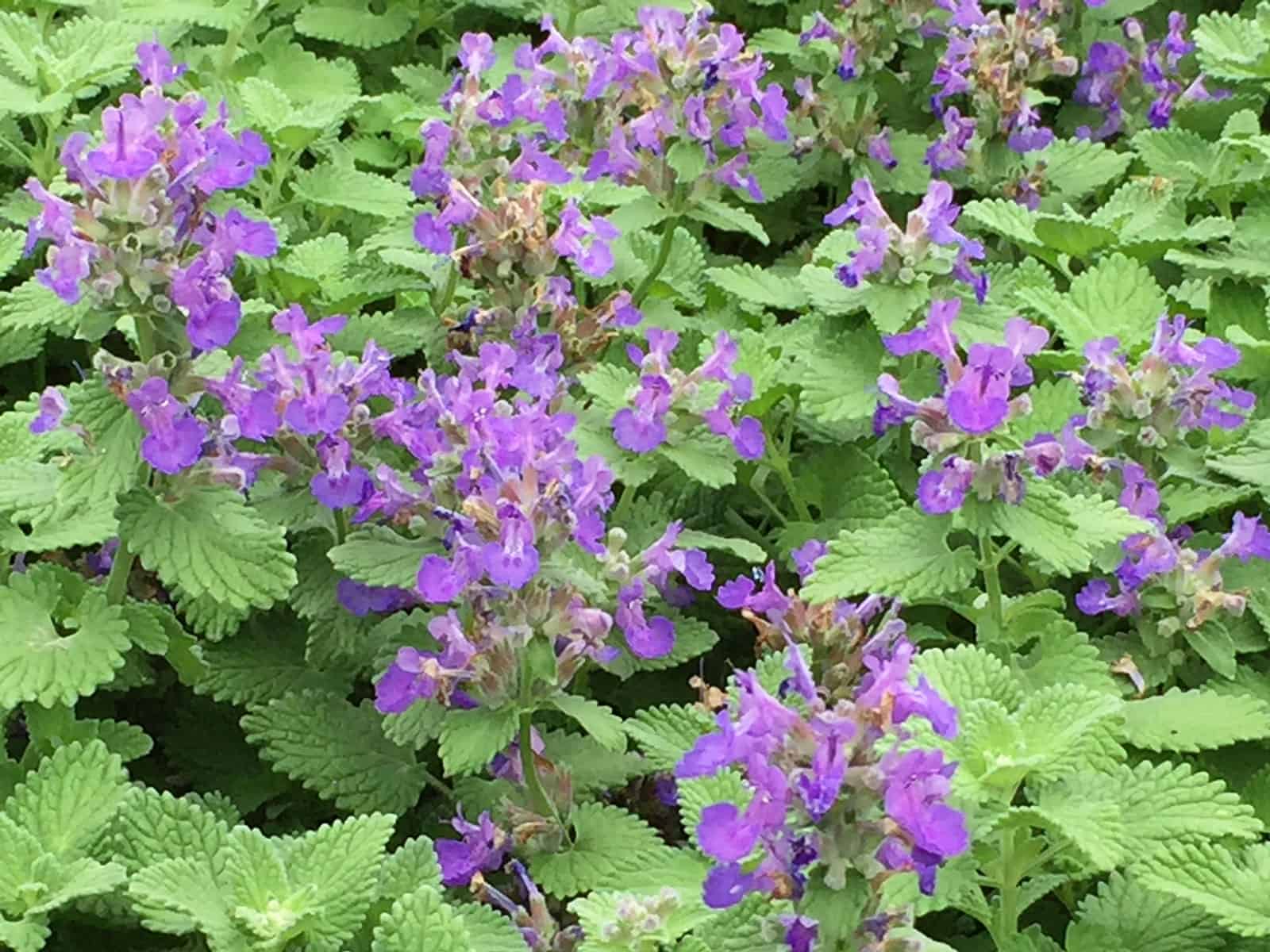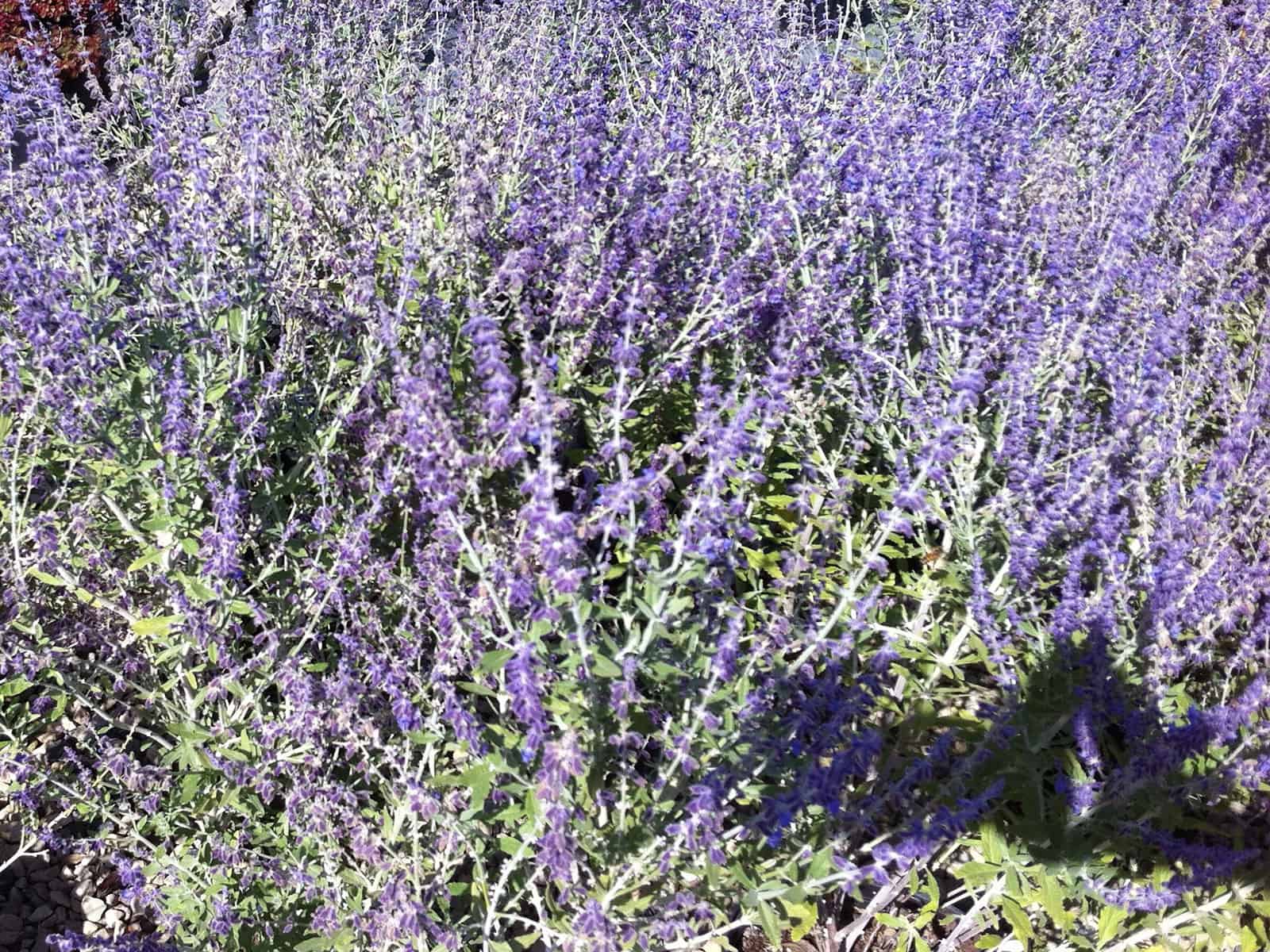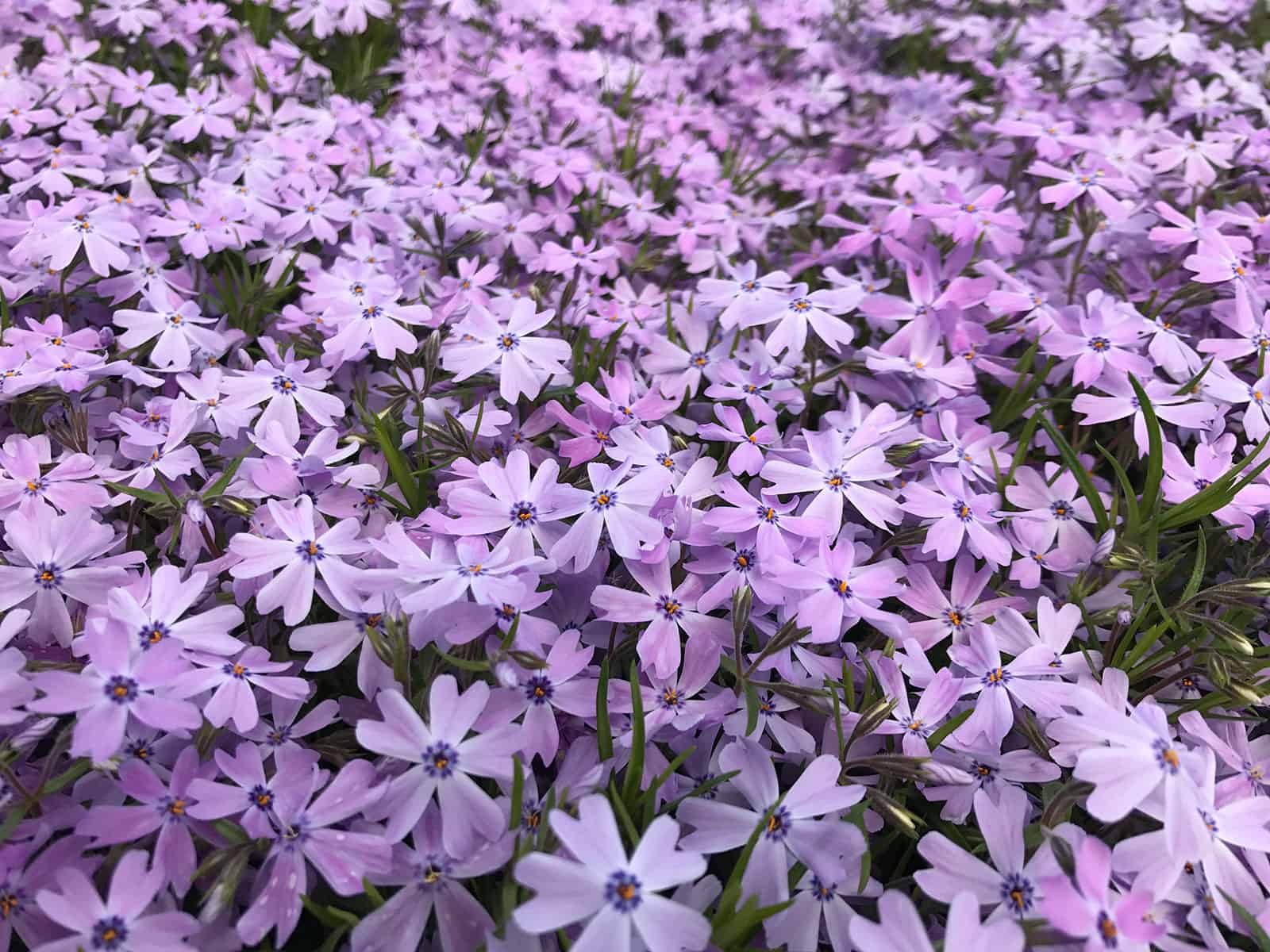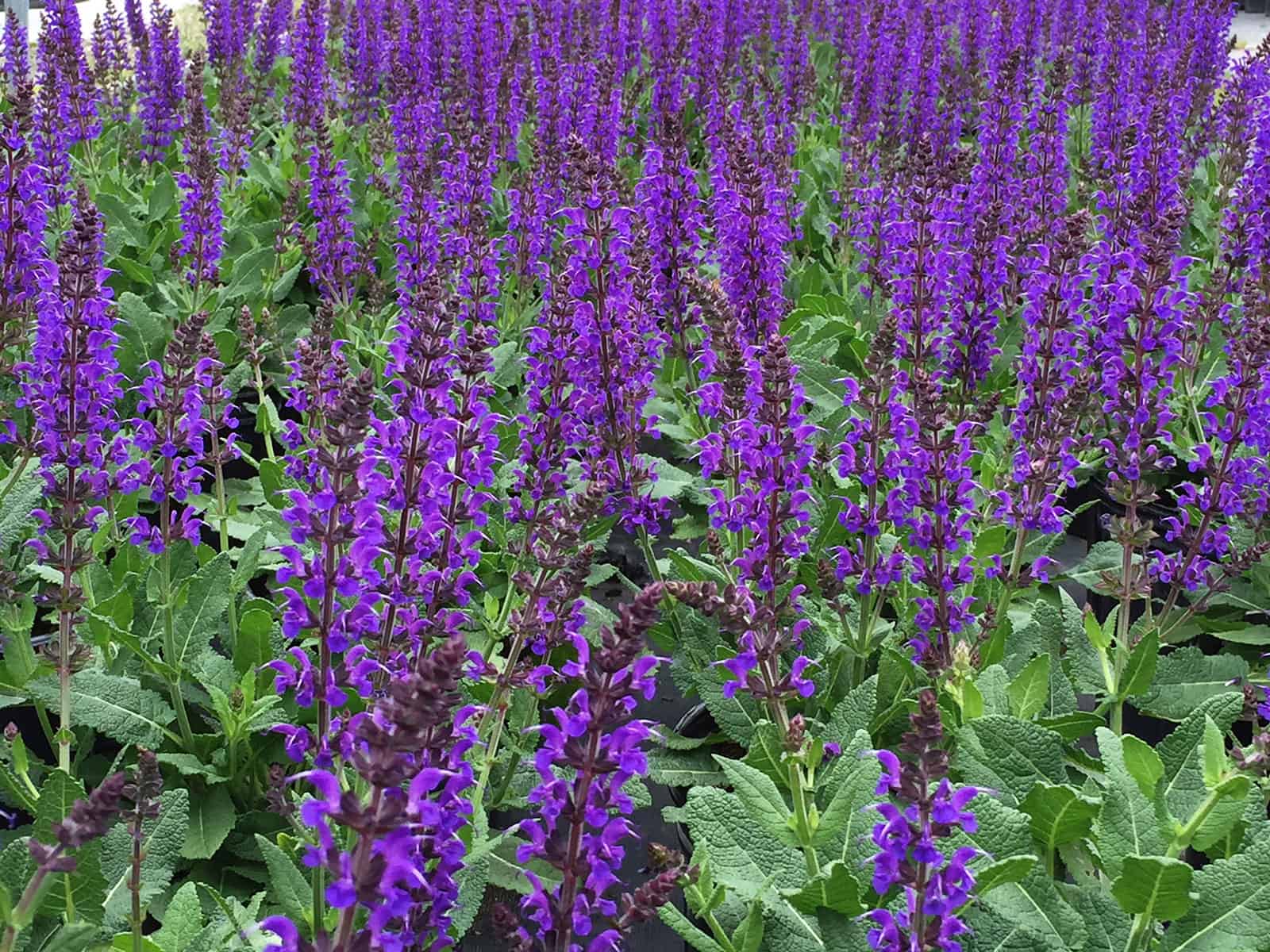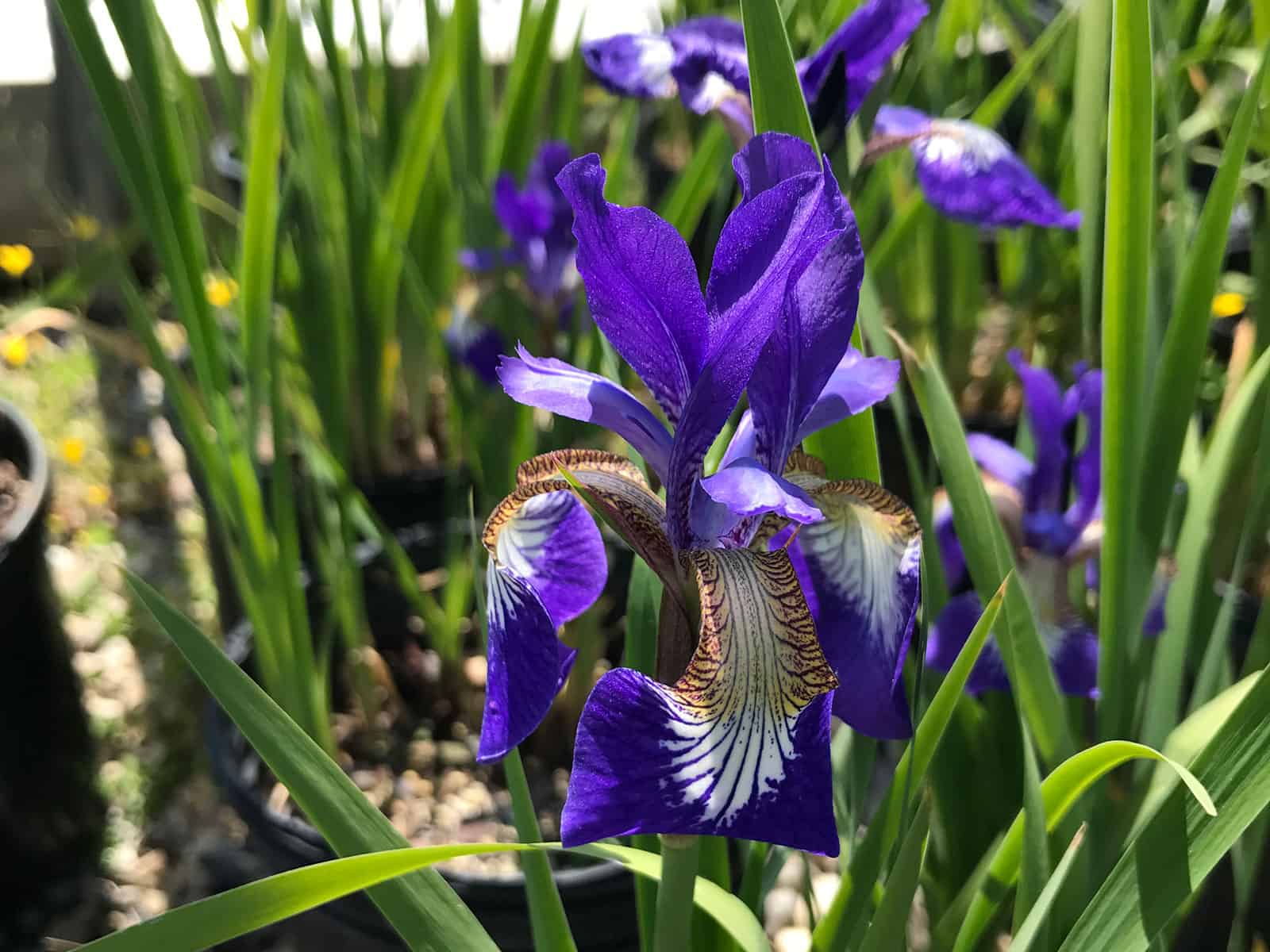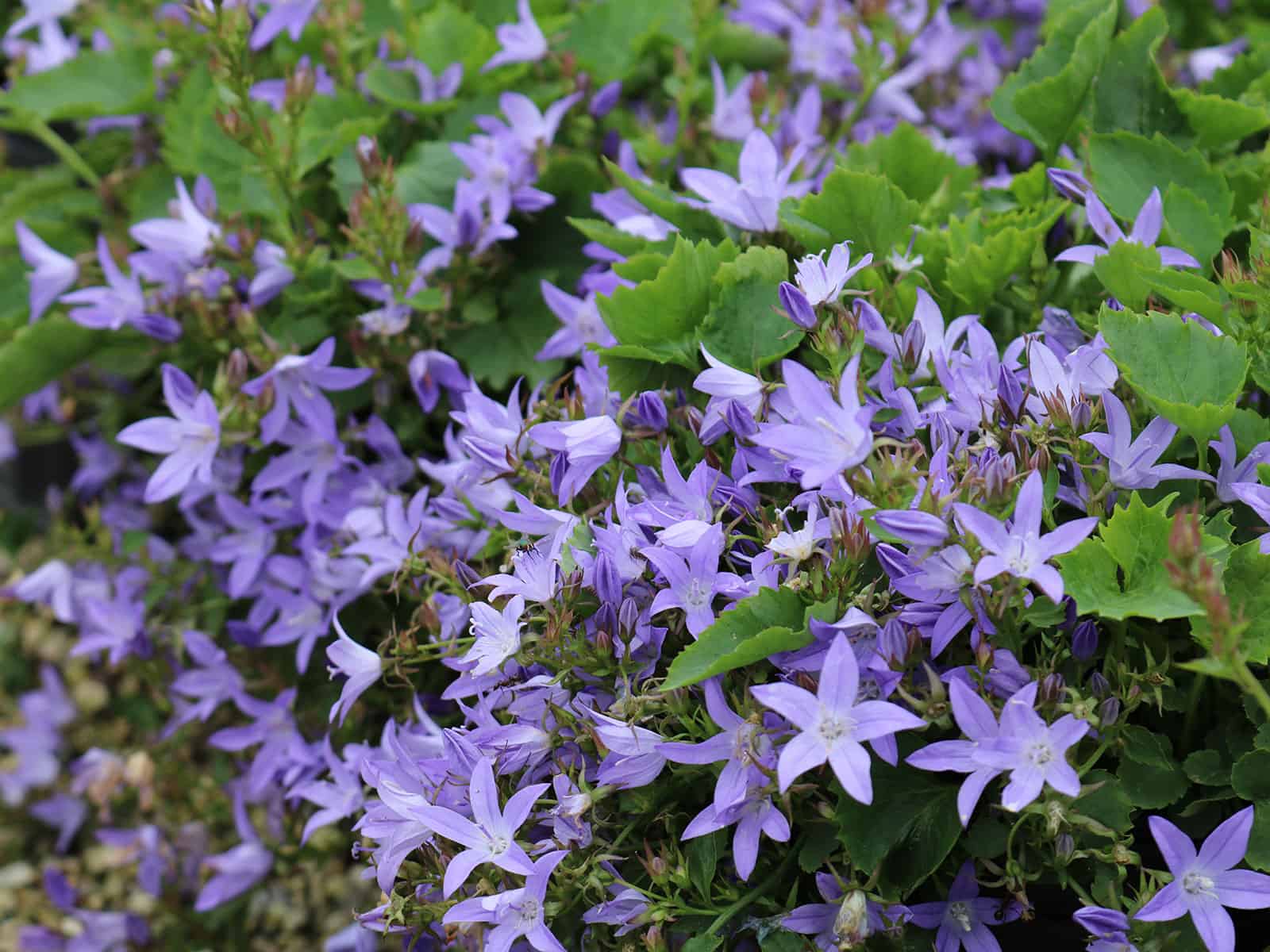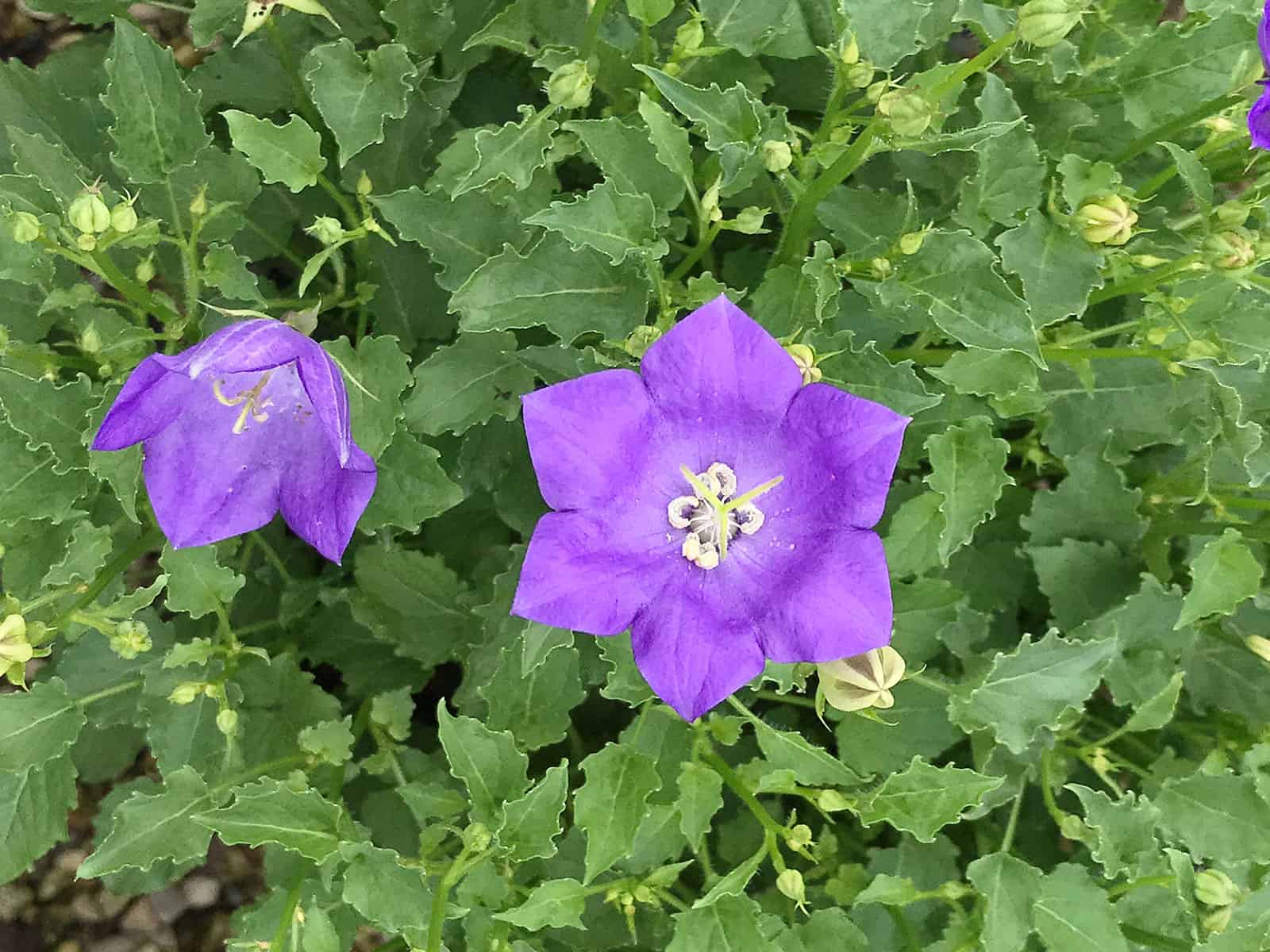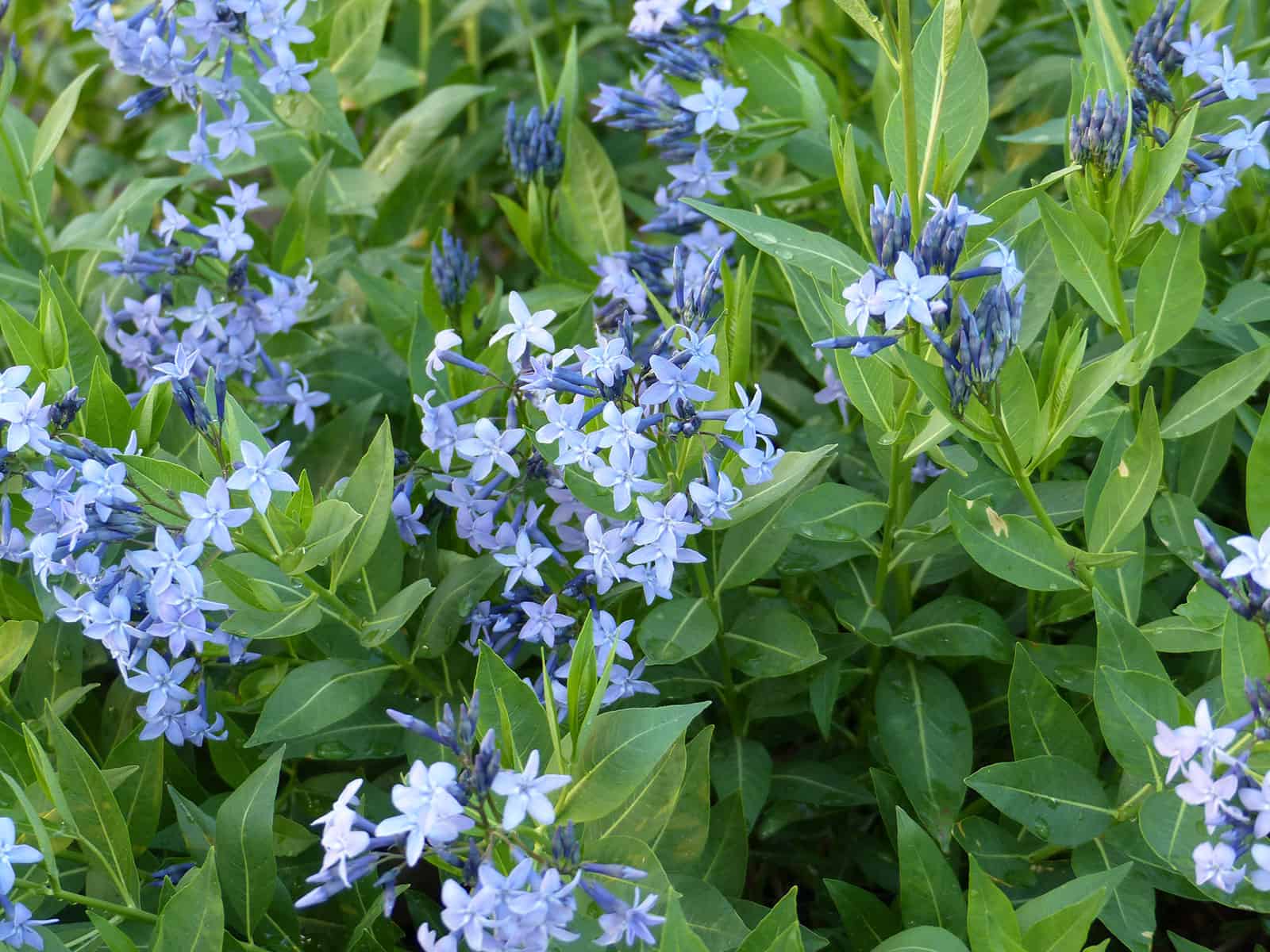Culture: Easily grown in average, dry to medium, well-drained soils in full sun. Sharp soil drainage is especially important. Avoid wet, poorly drained soils. Plants have good drought tolerance. Best flowering occurs in full sun locations. Stems are more likely to flop if plants are grown in part shade. Cut back plants almost to the ground in late winter to early spring as soon as new growth appears.
Although the taller species sometimes benefits from a spring pinching to control height, this small cultivar performs well without pinching.
Noteworthy Characteristics: Perovskia atriplicifolia, commonly called Russian sage, is a woody-based perennial of the mint family which typically grows 2-4′ (less frequently to 5′) tall and features finely-dissected, aromatic (when crushed), gray-green leaves on stiff, upright, square stems and whorls of two-lipped, tubular, light blue flowers tiered in branched, terminal panicles (12-15″ high). Long summer bloom period. Perennial Plant Association Plant of the Year (1995).
Genus name honors Russian general V. A. Perovski (1794 – c. 1857).
Specific epithet means with leaves resembling salt-bush.
‘Little Spire’ is a compact Russian sage cultivar which typically grows to 2′ tall (species typically grows to 3-4′). It is a woody-based perennial of the mint family. Features finely-dissected, aromatic, gray-green foliage on stiff, upright, square stems. Whorls of 2-lipped, tubular, violet-blue flowers tiered in branched, terminal panicles appear over a long summer bloom. Silvery foliage can provide good winter interest in warm winter climates.
Problems: No serious insect or disease problems. Plants tend to sprawl or flop over as the summer progresses.
Garden Uses: Mass or specimen in borders. Provides long summer bloom for the perennial border. Contrasts well with both pink (e.g., phlox, mallow or roses) and yellow (e.g., rudbeckia) perennials.
Edger along paths. Gray-green foliage and blue flowers provide good texture, color and contrast to many other summer blooming plants.
